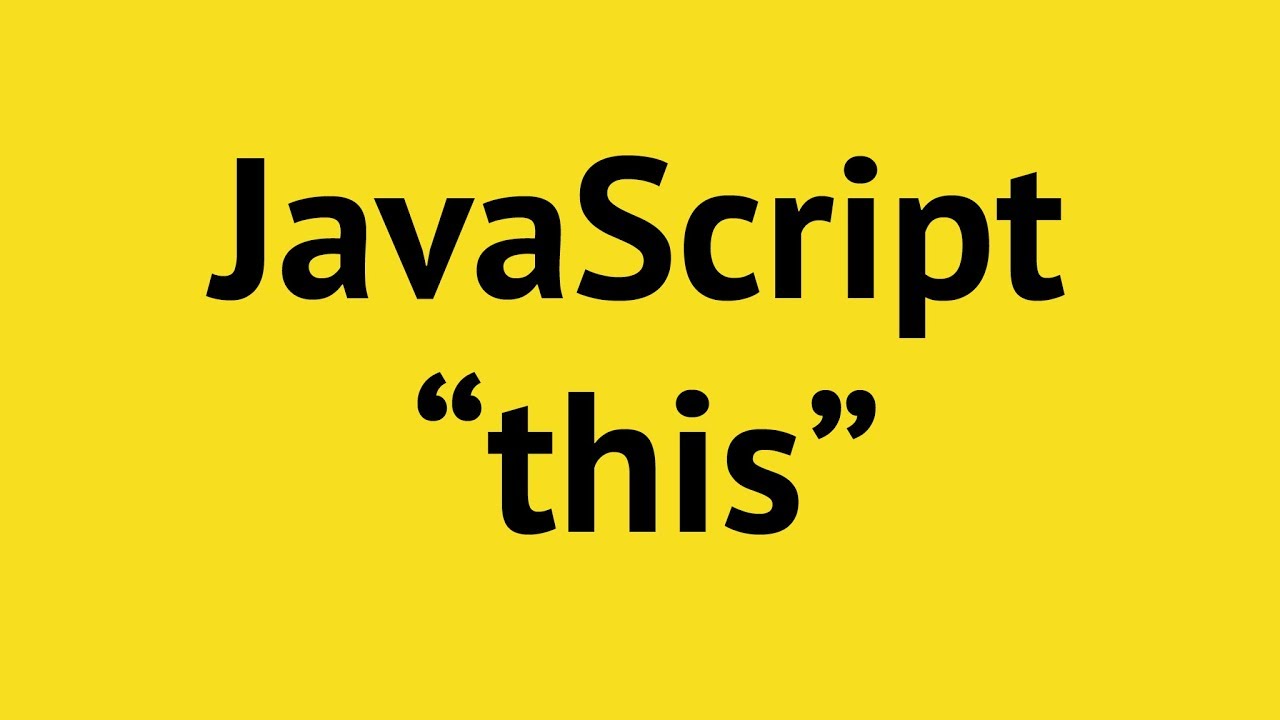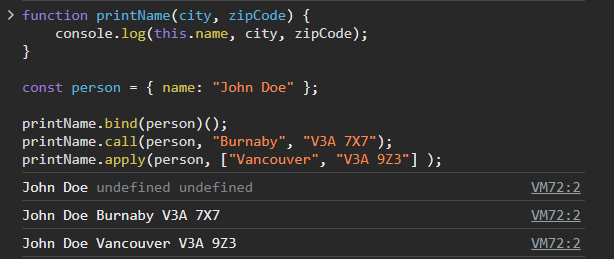[JavaScript] Deep Dive into the THIS Keyword
 Lim Woojae
Lim Woojae
Introduction
In this article, I will talk about how you can determine where this keyword points to. By default, this keyword points to the Window Object, but you can change where it refers to.
Where this points to depends on when the function is called or this is invoked.
There are four(4)ways to change the referring object:
object.method()
new Object()
arrow function
bind(), call(), apply()
Default
console.log(this); // Window Object
If you console.log this, it prints out the window object.
In a strict mode, this is undefined:
function stritctThis() {
'use strict';
console.log(this);
}
strictThis(); // undefined
Object.method()
const obj = {
name: "John Doe",
printName() {
console.log(this.name);
},
};
obj.printName(); // John Doe
In the introduction, I emphasized this sentence:
Where this points to depends on when the function is called or this is invoked.
In the code above, this keyword in the printName() function refers to obj when the function printName() is called. So, this keyword points to the obj object.
new Object()
class Stduent {
constructor(name, studentID) {
this.name = name;
this.studentID = studentID;
}
}
const stu = new Stduent("John Doe", 10245845);
console.log(stu.name); // John Doe
Now this refers to the Student object. In this case, the object that "this" keyword refers to is decided when the new keyword is used.
Arrow Function
const object = {
name: "John Doe",
printName() {
const inner = () => {
console.log(this.name);
};
inner();
},
};
object.printName(); // John Doe
There is a difference between using a function like the earlier example and an arrow function. It changes which object this refers to. In the previous example, this.name inside the printName() function referred to the name in the obj. However, when you use an arrow function, the result is different.
The this keyword in the arrow function refers to the parent function. When the printName() is called (the last line), object.method() is used, and I mentioned earlier that it changes an object that this keyword refers to. So, printName() refers to object
Therefore, this in inner() is referring to the same object as the printName(), NOT the window object.
bind(), call(), apply()
If you want to manually change which object this refers to, you can use either bind(), call() or apply().
function printName(city, zipCode) {
console.log(this.name, city, zipCode);
}
const person = { name: "John Doe" };
printName.bind(person)();
printName.call(person, "Burnaby", "V3A 7X7");
printName.apply(person, ["Vancouver", "V3A 9Z3"] );

apply() method requires you to put additional arguments in an array, whereas call() does not require you to do that.
Morevoer, you may wonder why bind() has one more bracket like bind()(). You need to add an additional bracket if you want to print it out. If you only want to change where this points to, you do not need to include it. So, bind() can be stored in a variable, and used later. However, call() and apply() returns a value immediately.
For example:
// bind() example.
function myFunc(lang) {
if (lang.toLowerCase() === "kor") {
console.log(this.korGreeting);
} else if (lang.toLowerCase() === "eng") {
console.log(this.engGreeting);
} else {
console.log("Invalid input");
}
}
const greeting = {
korGreeting: "Annyeong!",
engGreeting: "Hello!"
};
// stores in a separate variable.
const language = myFunc.bind(greeting);
language("kor"); // Annyeong
Conclusion
The most important takeaway from today's article is this sentence:
Which object this refers to depends on when the function is called or this is invoked.
And there are four(4) ways to change where this points to:
object.method() - points to an object
new keyword - points to a certain object, such as Student in the example.
arrow function - points to the parent function
bind, call, apply - to manually set it.
thiskeyword in the function - points to a window object.thiskeyword in the constructor - points to an empty object.
Subscribe to my newsletter
Read articles from Lim Woojae directly inside your inbox. Subscribe to the newsletter, and don't miss out.
Written by

Lim Woojae
Lim Woojae
Computer Science Enthusiast with a Drive for Excellence | Data Science | Web Development | Passionate About Tech & Innovation